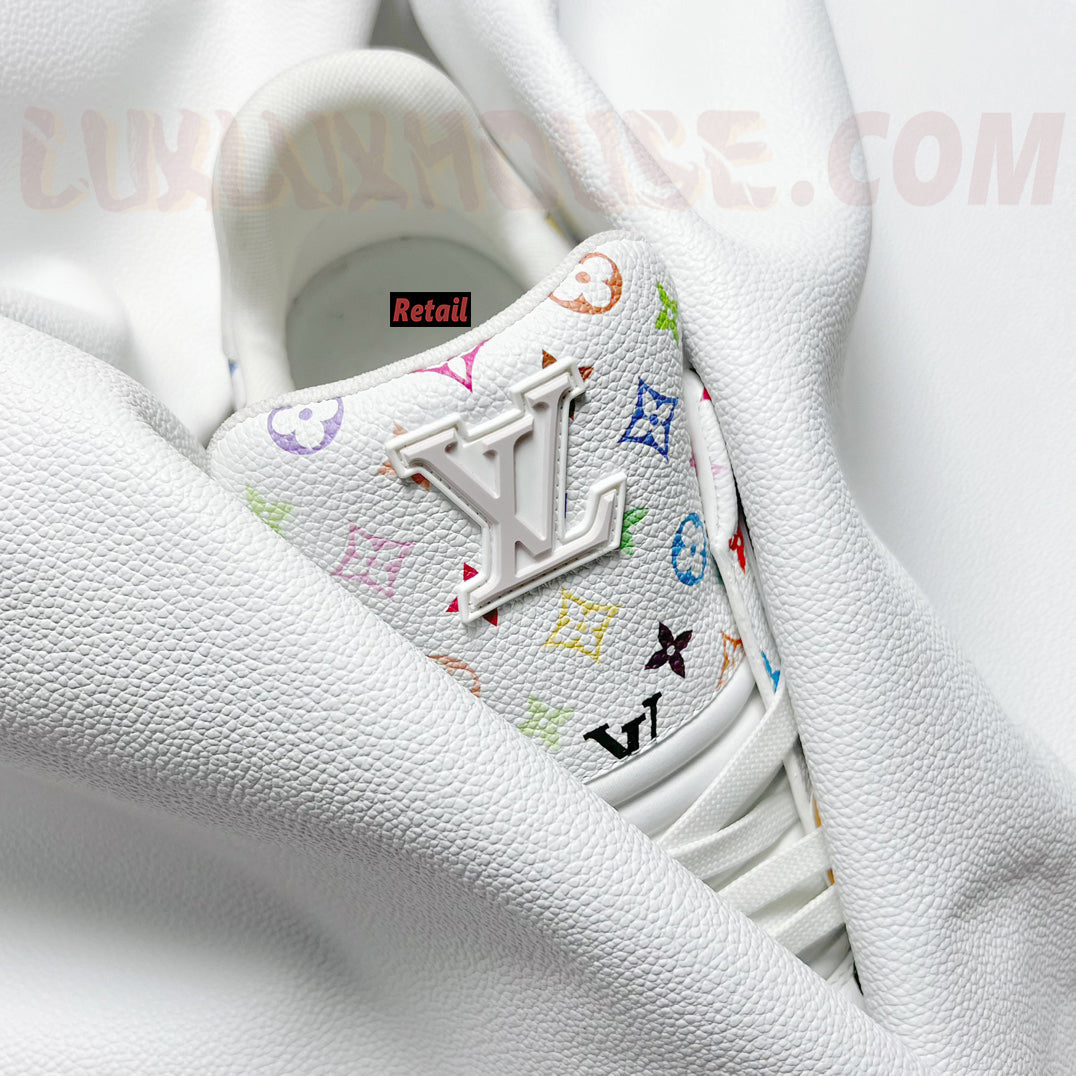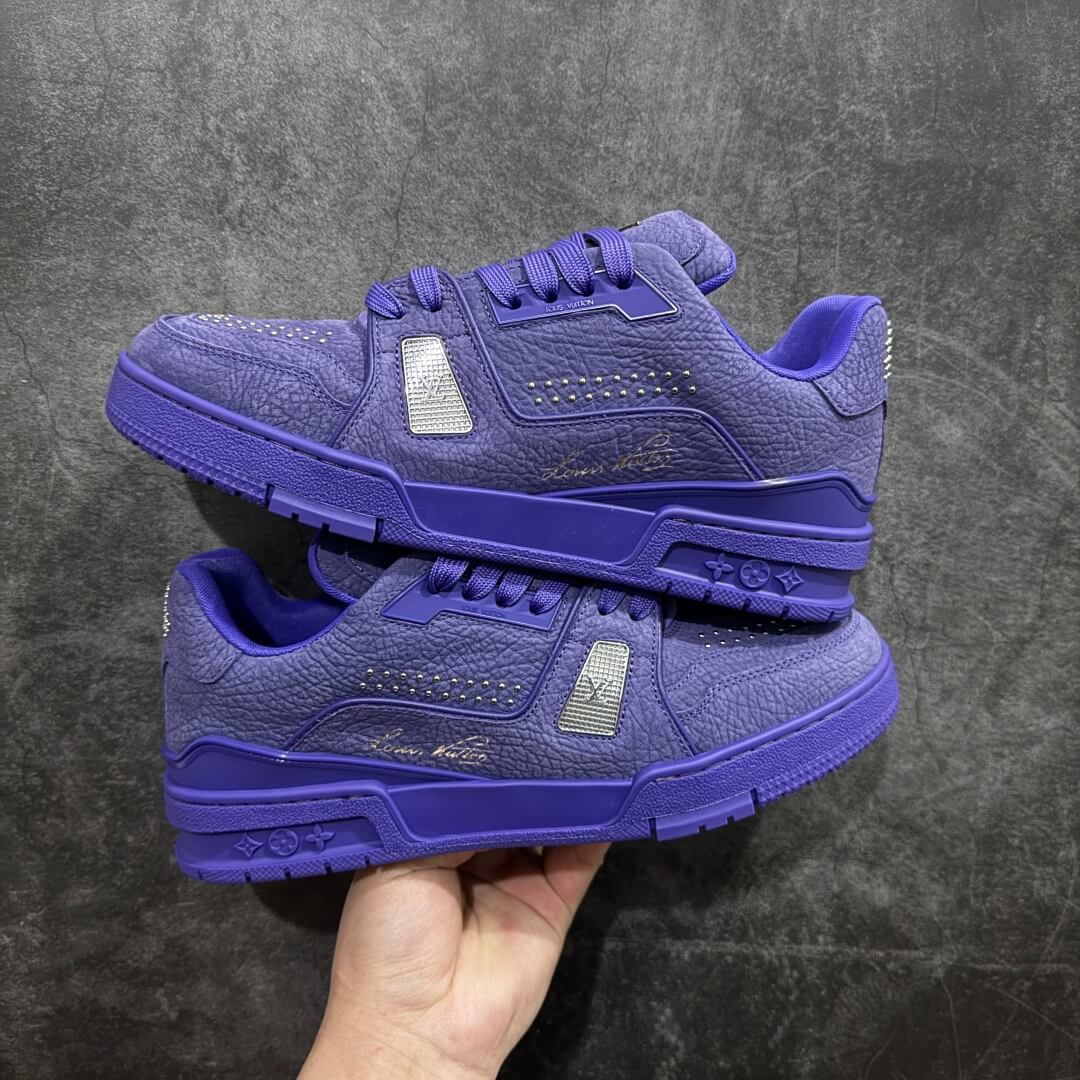
A closer look at the details, materials, and craftsmanship behind this highly anticipated collaboration.
Overview
The demand for the Louis Vuitton × Timberland yellow work boots has been rising rapidly. Our team is currently working overtime on the development. However, we remain committed to quality as the top priority, not just chasing trends. Below is a detailed update on our progress.
Pattern Draft and Emboss Positioning
The first version of the pattern layout has been completed. We carefully reviewed the key alignment points, emboss positions, and print scaling. Everything looks accurate so far. The files have been sent for crystal knife mold processing. Once the first embossed panels are produced, we will perform minor adjustments as needed.

Leather Material Selection
Although Timberland-style boots have become a popular and well-established category in recent years, sourcing the right leather is still a challenge.
We tested and compared over ten types of leather from the market — evaluating:
-
Surface sheen
-
Texture
-
Tactile feel
-
Color accuracy
After careful analysis, we decided to custom-order raw hides and carry out dyeing ourselves to achieve the desired result.

Leather Dyeing Process
One of the benefits of working with a well-known model like Timberland is the availability of mature, refined dyeing techniques.
After placing the hide order, we were able to produce the first test color batch in just two days. After three rounds of color adjustments, the results are extremely close to the retail — with nearly zero visible color difference.

Initial Pattern Draft Review
The early version of the pattern paper and positioning shows excellent precision. Visual inspection confirms that the details can be faithfully reproduced.



Shoe Last (Mold) Development
The process for creating the shoe last is as follows:
-
Encasing the retail shoe in plastic wrap
-
Injecting casting material for mold formation
-
Laser scanning the mold for 3D modeling (via Polycam)
-
Manual polishing and fine-tuning
-
Plastic injection molding
Each stage requires specialized personnel to monitor and execute. Though labor-intensive, this process allows us to identify and resolve issues early, minimizing unnecessary rework.


Sample Production Begins
Before the full prototype is completed, it is difficult to pinpoint all potential issues with the last. Based on past experience, 3 to 8 rounds of adjustments are typically needed. However, from what we see so far — the toe lift, heel taper, and waist curve — the final boot is on track to be excellent.
Final Product Preview
🔗 Click here to view the final product
Conclusion
This LV × Timberland project aims to deliver a high-quality retail-level shoes, using premium materials and accurate details. From leather sourcing to mold design, every step is managed with precision and care.
👇 Stay Updated
Follow us for more development updates and early access to upcoming releases.
Questions or feedback? Leave a comment or message us directly.



